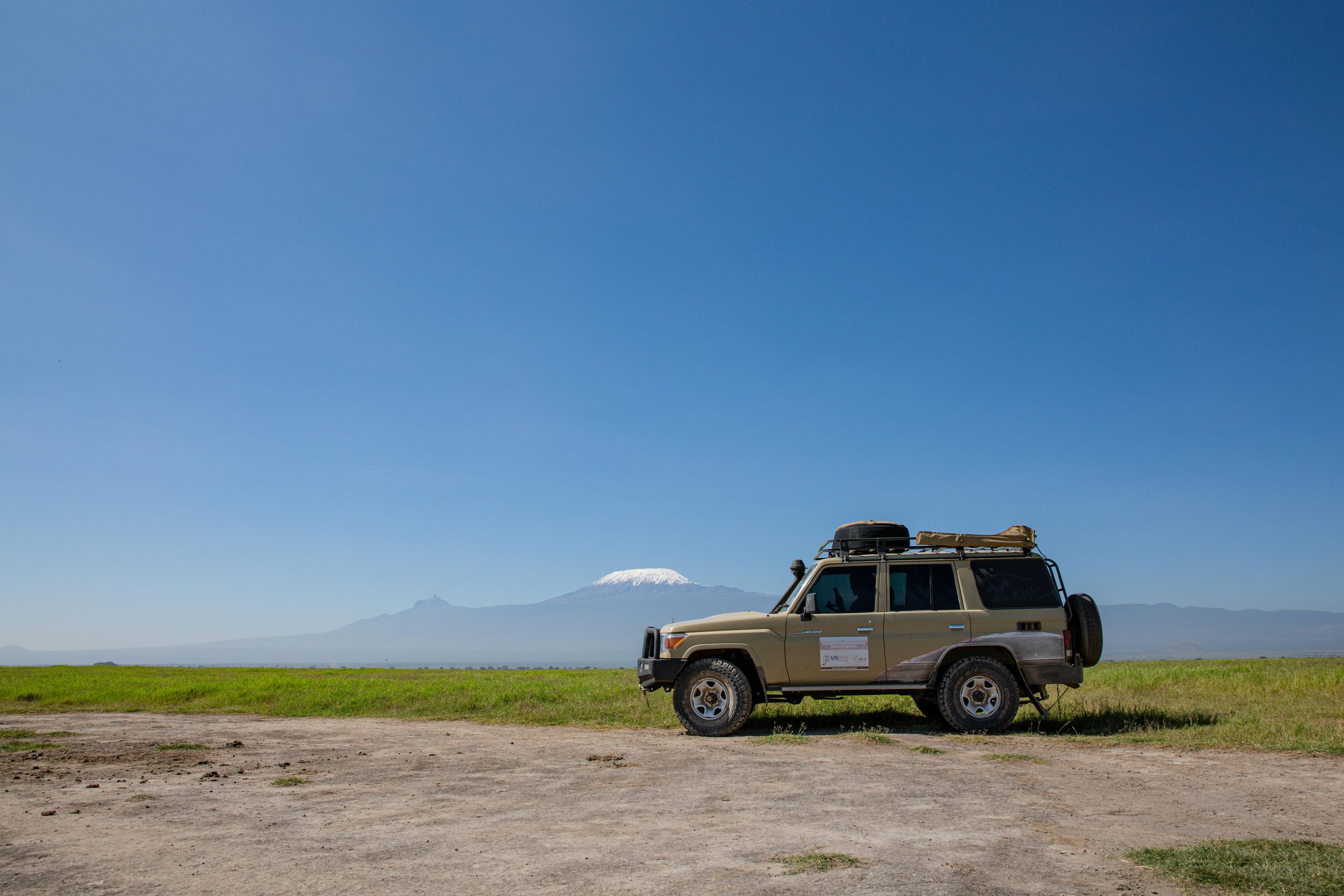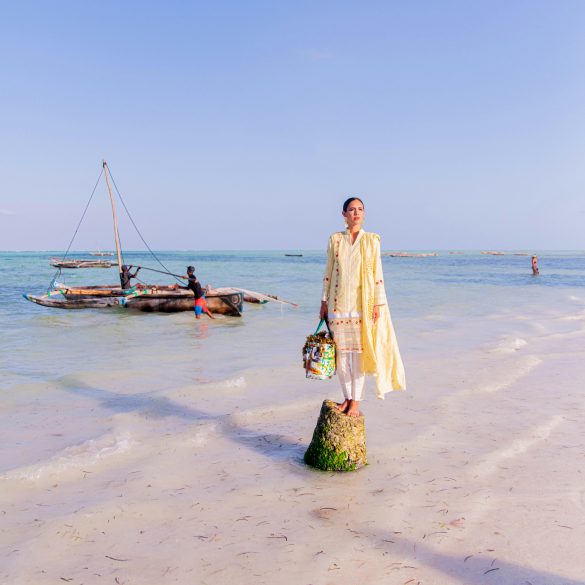Beyond Kilimanjaro: Underrated Places to Visit in Tanzania
Honestly, I’m getting a bit tired of seeing the same Kilimanjaro sunrise photos flooding my Instagram feed. Don’t get me wrong—Africa’s highest peak is absolutely spectacular, and I’d climb it again in a heartbeat. But here’s what really gets me excited about Tanzania: the country is absolutely loaded with incredible destinations that most travelers completely overlook.
After spending considerable time researching East African destinations and talking with local guides, I’ve discovered that Tanzania’s true magic lies in places where you won’t bump into crowds of selfie-stick-wielding tourists. We’re talking about destinations where you might be the only visitors for days, where local communities still practice traditional ways of life, and where the landscapes are so diverse they’ll make you question everything you thought you knew about this corner of Africa.
What I love most about these underrated spots is how they’ve managed to maintain their authentic character. You know that feeling when you stumble upon a place that feels genuinely untouched by mass tourism? That’s exactly what we’re talking about here. These destinations offer something that Kilimanjaro, for all its glory, simply can’t provide anymore: the sense of discovery.
Tanzania Quick Facts
Tanzania covers 947,300 square kilometers, making it larger than Nigeria, Kenya, and Uganda combined. With over 130 distinct ethnic groups and more than 100 languages spoken, it’s one of Africa’s most culturally diverse nations. The country is home to four UNESCO World Heritage Sites, but interestingly, three of them are often overshadowed by Kilimanjaro’s fame.
Cultural Heritage Sites That Tell Tanzania’s Real Story
Let me start with something that absolutely blew my mind when I first learned about it: the Olduvai Gorge. This place is literally where human history began, yet it receives a fraction of the visitors that Kilimanjaro gets. I mean, we’re talking about the spot where some of our earliest human ancestors walked around nearly two million years ago.
The Leakey family’s archaeological discoveries here fundamentally changed our understanding of human evolution. What really strikes me about visiting Olduvai is the profound sense of connection you feel to our shared human story. Standing in this landscape where early hominids crafted their first tools—it’s pretty humbling, actually.
But if you’re looking for living culture rather than ancient history, the Hadzabe people near Lake Eyasi offer something truly extraordinary. These are among the last hunter-gatherer communities in Africa, and honestly, spending time with them completely shifted my perspective on what constitutes a meaningful travel experience.
Cultural Sensitivity Note
When visiting indigenous communities like the Hadzabe, it’s crucial to work with responsible tour operators who ensure fair compensation and respect local customs. The goal should be cultural exchange, not cultural voyeurism.
Then there’s Stone Town in Zanzibar—okay, this one’s not exactly unknown, but hear me out. Most people rush through Stone Town as a quick stopover before heading to beach resorts. What they’re missing is the incredible depth of Swahili culture that emerges when you slow down and really explore.
The narrow alleyways tell stories of centuries-old trade routes, Arab influence, and cultural fusion that created something entirely unique. I’ve spent hours just wandering these streets, and every corner seems to reveal another layer of history. The spice markets alone are worth dedicating an entire day to—the sensory overload is absolutely incredible.
Hidden Natural Wonders
Now, let’s talk about places that will make you completely forget about Kilimanjaro’s crowds. The Udzungwa Mountains National Park is what I like to call Tanzania’s best-kept secret. This place is a biodiversity hotspot that rivals any destination in East Africa, yet it remains refreshingly uncrowded.
According to the Wildlife Conservation Society, Udzungwa Mountains contain more endemic species than any other mountain range in East Africa, with several species of primates found nowhere else on Earth.
The hiking here is absolutely phenomenal. The Sanje Waterfall trail takes you through pristine rainforest where you might spot the endemic Udzungwa red colobus monkey. What really gets me excited about this place is how it feels like stepping into a completely different ecosystem—one that most travelers never experience because they’re too focused on the big-name destinations.
But if you want to talk about truly underrated, let me tell you about the Mahale Mountains. This is where Jane Goodall conducted her groundbreaking chimpanzee research, and it’s still one of the best places in the world for primate tracking. The location on the shores of Lake Tanganyika creates this incredible juxtaposition—you’ve got pristine beaches meeting ancient rainforest.
- Best time to visit: May to October for dry weather and easier chimp tracking
- Getting there requires a combination of flights and boat transfers—plan for a full day of travel
- Accommodation is limited to a few camps, so book well in advance
- Budget around $400-600 per person per day for a complete experience

Coastal Paradise Beyond Zanzibar
Everyone knows about Zanzibar’s beaches, but the real coastal gems lie elsewhere. Take Pemba Island, for instance—this place offers everything Zanzibar does but with a fraction of the crowds and development. The diving here is absolutely world-class, with pristine coral reefs that haven’t been damaged by overtourism.
What I find fascinating about Pemba is how it’s managed to maintain its authentic Swahili character. The island is known as “Al Jazeera Al Khadra” (The Green Island) in Arabic, and when you see the lush vegetation and traditional dhow boats dotting the coastline, you’ll understand why.
| Destination | Best Activity | Ideal Duration | Budget Range |
|---|---|---|---|
| Pemba Island | Diving & Snorkeling | 4-6 days | $150-300/day |
| Mafia Island | Whale Shark Swimming | 3-5 days | $200-400/day |
| Kilifi Creek | Cultural Immersion | 2-4 days | $100-200/day |
| Msimbazi Center | Urban Exploration | 1-2 days | $50-120/day |
But here’s where things get really interesting—Mafia Island. This UNESCO World Heritage marine park offers some of the most incredible underwater experiences in the Indian Ocean. The whale shark encounters here are legendary among diving enthusiasts, yet the island remains relatively unknown to mainstream tourism.
I have to admit, I was initially skeptical about the whale shark claims until I saw the data from the Marine Conservation Organization. They’ve documented consistent whale shark sightings throughout the year, with peak seasons offering almost guaranteed encounters. Swimming alongside these gentle giants in crystal-clear waters—it’s one of those experiences that completely redefines your relationship with the ocean.
Adventure Travel Hotspots
For those seeking adrenaline-pumping experiences, the Usambara Mountains offer world-class hiking with a fraction of Kilimanjaro’s crowds and costs. The biodiversity here is absolutely staggering—we’re talking about cloud forests that harbor endemic species found nowhere else on Earth.
Sustainable Adventure Travel
These destinations offer incredible opportunities to practice responsible tourism. Choose local guides, stay in community-owned accommodations, and always follow Leave No Trace principles. The goal is to ensure these places remain pristine for future generations.
What really sets the Usambaras apart is the cultural component. The local communities have developed incredible traditional agriculture systems that work in harmony with the forest ecosystem. Learning about these sustainable practices while hiking through some of Africa’s most beautiful landscapes—it’s exactly the kind of meaningful travel experience I’m always seeking.
Then there’s the Ruaha National Park—Tanzania’s largest national park and arguably its most underrated. This place offers incredible wildlife viewing with a genuine sense of wilderness that’s becoming increasingly rare in East Africa. The landscape is absolutely stunning, with the Great Ruaha River creating dramatic gorges and sustaining diverse ecosystems.
- Plan visits during dry season (June-November) for best wildlife viewing
- Budget extra time for travel—remote locations require careful planning
- Book accommodations early, especially for community-owned lodges
- Consider hiring local guides to support community tourism initiatives
- Pack for diverse climates—coastal areas differ dramatically from highland regions
Making It Happen: Practical Planning Information
Here’s where I need to be completely honest with you—visiting these underrated destinations requires more planning than your typical Kilimanjaro trek. But trust me, the extra effort is absolutely worth it. Many of these places don’t have the tourism infrastructure of major destinations, which is exactly what makes them special.
Transportation can be challenging, especially during rainy seasons. I’ve learned the hard way that what looks like a simple journey on Google Maps can turn into an epic adventure involving multiple modes of transport. But honestly? Those unexpected detours often lead to the most memorable experiences.
According to the Tanzania Tourism Board, less than 15% of international visitors explore destinations beyond the Northern Circuit, despite the country offering over 20 national parks and numerous cultural heritage sites.
Budget-wise, these destinations often offer better value than the famous spots. You’re not paying premium prices for overcrowded experiences. Instead, your money goes directly to local communities and conservation efforts. It’s exactly the kind of responsible tourism that creates positive impact.
One thing I always tell people: don’t try to cram too many of these destinations into one trip. Each place deserves time to be properly experienced and appreciated. Pick two or three that really resonate with your interests and dive deep rather than rushing through a checklist.
Ready to Explore Tanzania’s Hidden Gems?
These underrated destinations offer authentic experiences that will create lasting memories and genuine connections with Tanzania’s incredible diversity. The key is approaching them with respect, curiosity, and plenty of time to truly appreciate what makes each place special.
Looking back on all my research and conversations with fellow travelers, what strikes me most about these hidden gems is their authenticity. While Kilimanjaro will always be spectacular, these lesser-known destinations offer something increasingly rare in our connected world: the opportunity for genuine discovery and meaningful cultural exchange.
Tanzania’s true beauty lies not just in its famous peaks, but in the incredible diversity of experiences waiting for those willing to venture beyond the well-trodden paths. Whether you’re drawn to ancient archaeological sites, pristine marine environments, or vibrant living cultures, these underrated destinations offer authentic adventures that will stay with you long after you return home.


